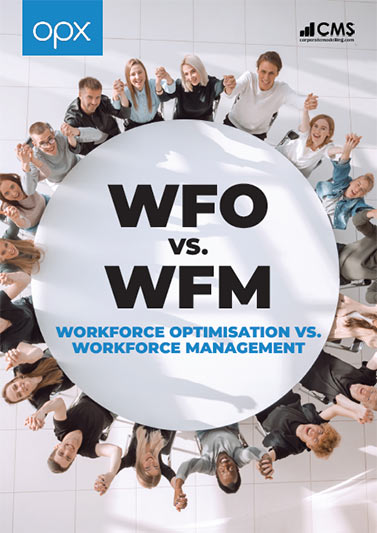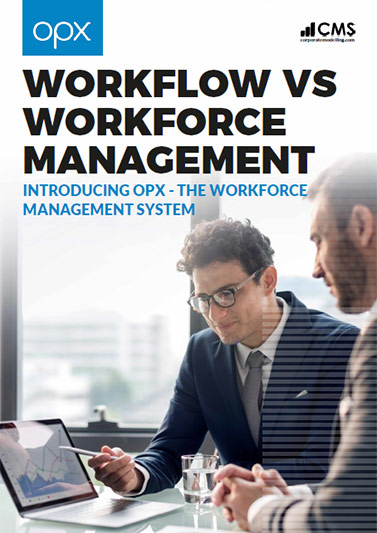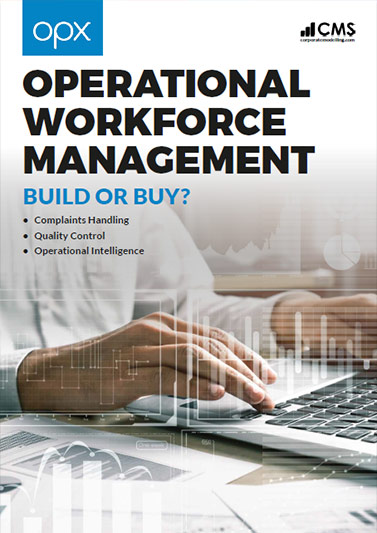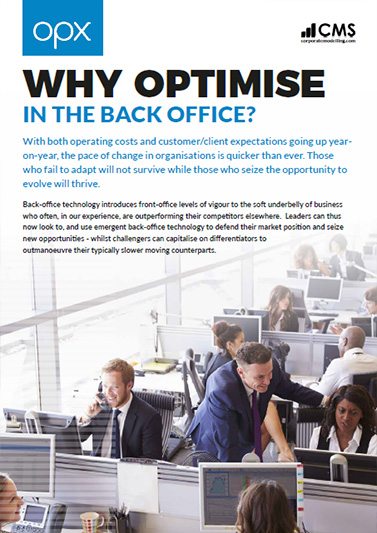The office of 2017 is a far cry from our familiar workplace environments. It may sound like an 80’s sci-fi concept, but robotics and automation are no fiction – they’re a reality for some organisations right now, and a ‘next move’ for others. So, to help you keep abreast, we’ve identified 4 major workforce management trends for the year ahead.
Workforce management trends and robots? (Robotics for Process Optimisation)
Robotics was a word first associated with job replacement and redundancy of roles. However, 2017 is tipped to be the year that organisations now start to scale up their projects and we will see the work of technology compliment what people are doing; think of it more as man and machine a’la Terminator.
Robotics will be our ‘doers’ collecting the data – so that people can analyse, assess and modify accordingly, in order to remain agile and reactive in an increasingly volatile business climate.
The idea is not for one to replace the other, but to enhance the business process and provide a cost-effective way of working, and fully utilising time and skill in the most efficient way.
In terms of workflow, robotics will be able to complete a number of the tasks along the ‘production line’ then feed the task back into the line. This essentially frees up valuable employee time that it can then be allocated elsewhere, meaning more tasks can be taken on and the organisation remains open for growth opportunities.
Using Big Data to Optimise Workforce Management
Think beyond the familiar 1-2-1 appraisal because some organisations are already using data and technology to significantly improve their workforce management and the workplace itself.
Historically, HR was not a department that was considered first for investment, however, companies are beginning to foster the ethos of “invest in your people not more people” and realising that retaining and developing talent is more cost effective than recruitment.
It has become just as important to look after employees as it is your customers, so new technologies that can identify training needs or feedback on high achievers is critical for performance management. Bernard Marr also points out that data doesn’t rely on ‘gut feeling’ so it avoids bias or preconceived feelings and emotions when used in a performance management setting.
Augmented Intelligence (AI) transforming work practises
From recruitment through to induction, AI is set to provide new insights to the candidate, recruiter and employer that will provide a seamless and more efficient way of optimising the process of changing employment.
From knowing when an individual is due a pay rise or even a promotion, AI will be monitoring the job market in order to engage with individuals before they even consider a job move themselves .
At the induction phase, AI can be used to gradually drip feed information in a more effective manner – i.e. as the individual requires it, and based upon their competency and existing skill sets – optimising the induction time based upon each individual. In essence, information precision rather than information overload (Fast Company).
And it doesn’t stop there, innovations will extend to other departments too, including Finance, Security and Admin. From scheduling meeting rooms, producing large volumes of data on company heath to optimising the room temperature – AI is taking automation to the next level.
Flexible working to drive efficiencies
As we predicted in our blog “Can flexible working drive operational excellence?” 2017 is tipped to be the year that business leaders address the issue of remote and flexible working. This is because they are starting to consider flexible working for both its cost saving and performance enhancing potential. Companies are embracing the idea of employee retention by offering more flexible working arrangements and then turning this into a driver of productivity in its own right.
Of course, for some industries this must be observed and managed more so than others. Expect to see more companies adopt the technologies that will help them to reap the benefits from flexitime, rather than dismiss them, as well as monitor and manage it correctly.
It could be concerning for some that with all this automated technology, us mere mortals will become obsolete – but that’s far from the truth. With so much fast and insightful data at our fingertips, we will be able to analyse, modify and take action on so much more. In essence, freeing people up so that they can invest energies in making improvements and driving businesses forward and remaining competitive.
Here at Corporate Modelling, we don’t just stay ahead of the workforce management trends, we’re creating them with our progressive software solutions for workforce optimisation,. Our objectives are to help our clients meet their regulatory targets whilst increasing productivity through efficiencies. To find out more about our award-winning software please get in touch.
Sources:
Bob’s Guide – Genfour – Forbes – CIO – Fast company







 Thank you for your interest in our whitepaper. You can download Workforce Optimisation vs Workforce Management by clicking the button below.
Thank you for your interest in our whitepaper. You can download Workforce Optimisation vs Workforce Management by clicking the button below. Thank you for your interest in our case study. You can download the HCL IBS Case Study by clicking the button below.
Thank you for your interest in our case study. You can download the HCL IBS Case Study by clicking the button below. Thank you for your interest in our case study. You can download the ReAssure Case Study by clicking the button below.
Thank you for your interest in our case study. You can download the ReAssure Case Study by clicking the button below. Thank you for your interest in our case study. You can download the Student Loans Case Study by clicking the button below.
Thank you for your interest in our case study. You can download the Student Loans Case Study by clicking the button below. Thank you for your interest in our case study. You can download the Principality Building Society Case Study by clicking the button below.
Thank you for your interest in our case study. You can download the Principality Building Society Case Study by clicking the button below. Thank you for your interest in our whitepaper. You can download WorkFlow vs WorkForce Management by clicking the button below.
Thank you for your interest in our whitepaper. You can download WorkFlow vs WorkForce Management by clicking the button below. Thank you for your interest in our whitepaper. You can download Homeworking in Financial Services Operations by clicking the button below.
Thank you for your interest in our whitepaper. You can download Homeworking in Financial Services Operations by clicking the button below. Thank you for your interest in our whitepaper. You can download Workforce Optimisation for the Back Office by clicking the button below.
Thank you for your interest in our whitepaper. You can download Workforce Optimisation for the Back Office by clicking the button below. Thank you for your interest in our whitepaper. You can download Operational Workforce Management: Build or Buy? by clicking the button below.
Thank you for your interest in our whitepaper. You can download Operational Workforce Management: Build or Buy? by clicking the button below. Thank you for your interest in our whitepaper. You can download Homeworking & Back Office Workforce Optimisation by clicking the button below.
Thank you for your interest in our whitepaper. You can download Homeworking & Back Office Workforce Optimisation by clicking the button below. Thank you for your interest in our whitepaper. You can download Why Optimise in the Back Office? by clicking the button below.
Thank you for your interest in our whitepaper. You can download Why Optimise in the Back Office? by clicking the button below.